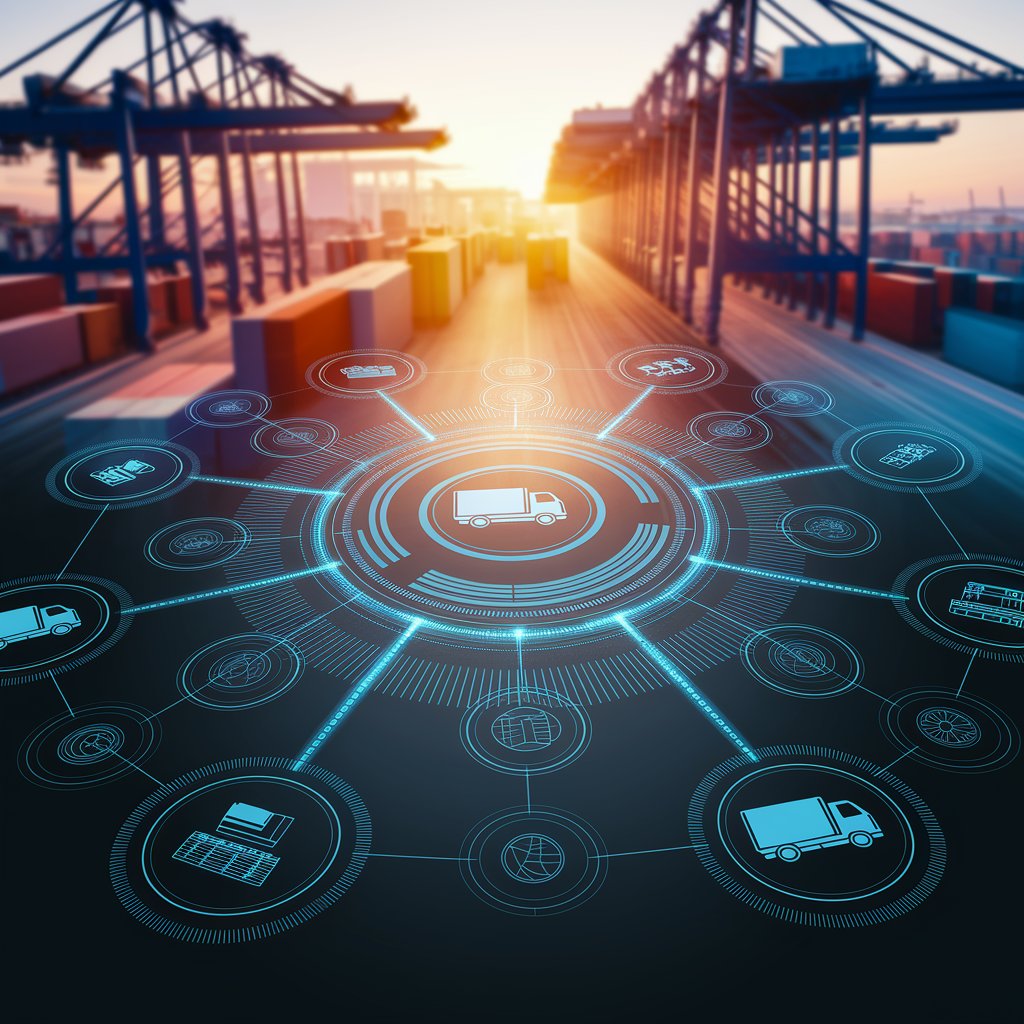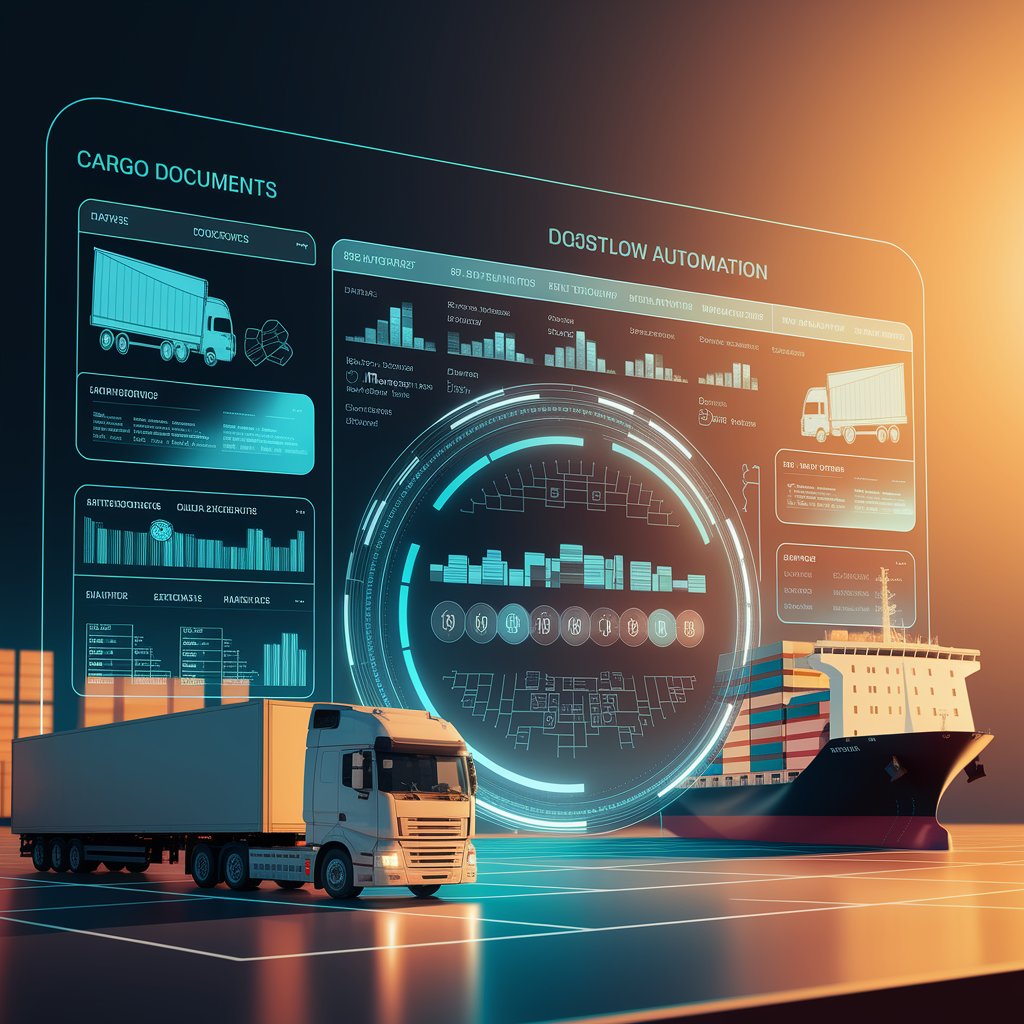Logistics Workflow Automation: Streamlining Supply Chains for Efficiency

Introduction
This is where logistics workflow automation comes in. By digitizing and automating repetitive processes, logistics providers can improve efficiency, scale operations, and deliver greater transparency in a competitive market.
What Is Logistics Workflow Automation?
Logistics workflow automation is the use of technology and digital systems to automate repetitive logistics processes. Instead of relying on manual data entry or disconnected workflows, automation creates seamless, rule-based systems that handle tasks automatically.
From shipment scheduling to compliance checks, workflows become faster, more accurate, and easier to manage.

Key Features of Logistics Workflow Automation
- Automated Documentation: Digital creation of bills of lading, invoices, and customs filings.
- Task Triggers: Automatic updates when a shipment reaches a milestone.
- System Integration: Connects TMS, WMS, and ERP for unified workflows.
- Notifications & Alerts: Automated communication with clients and staff.
- Exception Handling: Alerts for errors or delays requiring human review.
Benefits for Logistics Providers
- Time Savings: Free staff from repetitive tasks.
- Error Reduction: Minimize mistakes in billing and documentation.
- Cost Efficiency: Lower operational costs and optimize resource allocation.
- Scalability: Manage more shipments without increasing headcount.
- Customer Experience: Provide faster, more transparent communication.

Real-World Applications
- Freight Forwarders: Automate quote-to-booking and document workflows.
- Carriers: Streamline fleet scheduling and dispatch.
- 3PL Providers: Deliver automated dashboards for client visibility.
- Retail and E-commerce: Automate order fulfillment and returns.
- Cold Chain Logistics: Trigger automated alerts for temperature-sensitive shipments.
The Future of Logistics Workflow Automation
The future of logistics workflow automation will integrate AI, IoT, and predictive analytics. AI will automate decision-making, IoT sensors will feed live data into workflows, and predictive systems will anticipate disruptions. Over time, automation will evolve into self-orchestrating logistics networks where tasks adjust dynamically without manual intervention.

Conclusion
Logistics workflow automation is revolutionizing supply chains by eliminating bottlenecks, reducing errors, and enabling providers to scale efficiently. From documentation to shipment tracking, automation ensures smoother, faster, and more reliable operations. For logistics companies aiming to stay competitive, adopting workflow automation is no longer optional—it’s the foundation of smarter, future-ready logistics.
